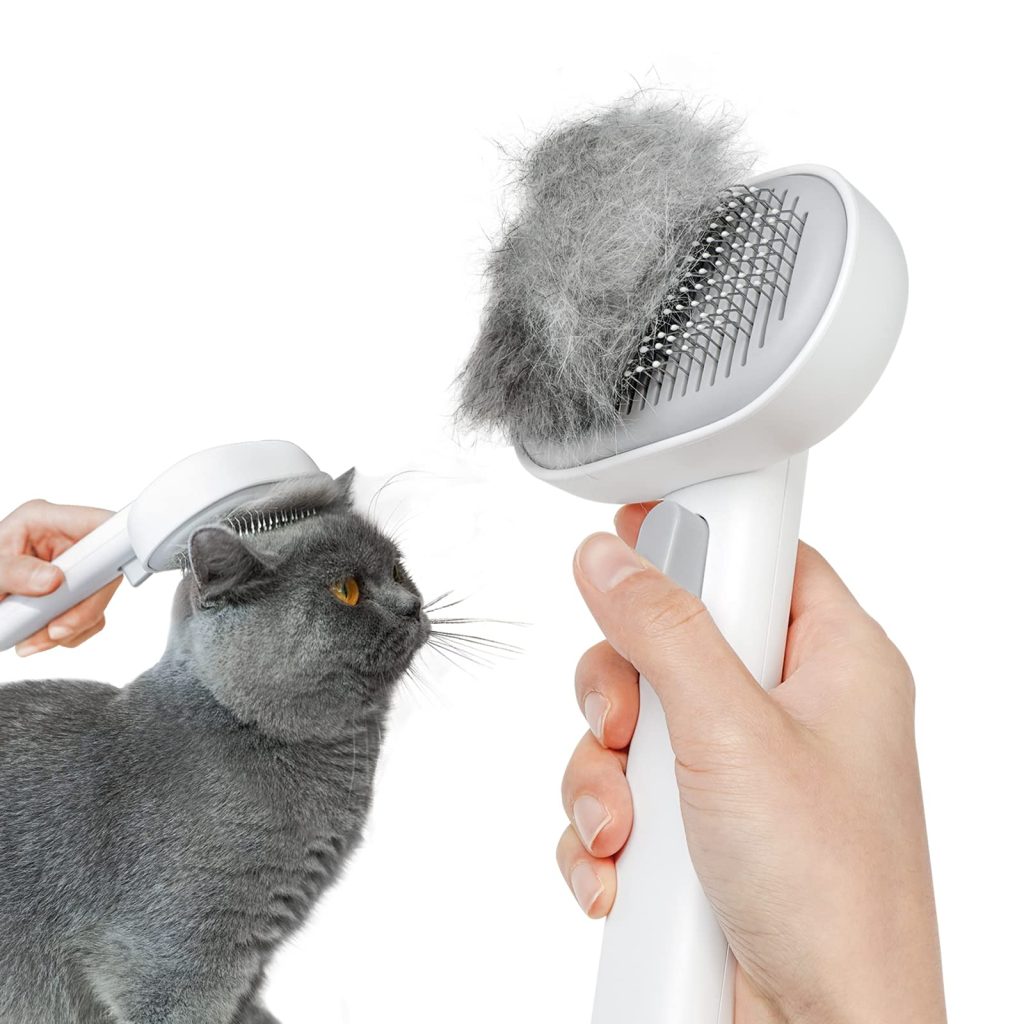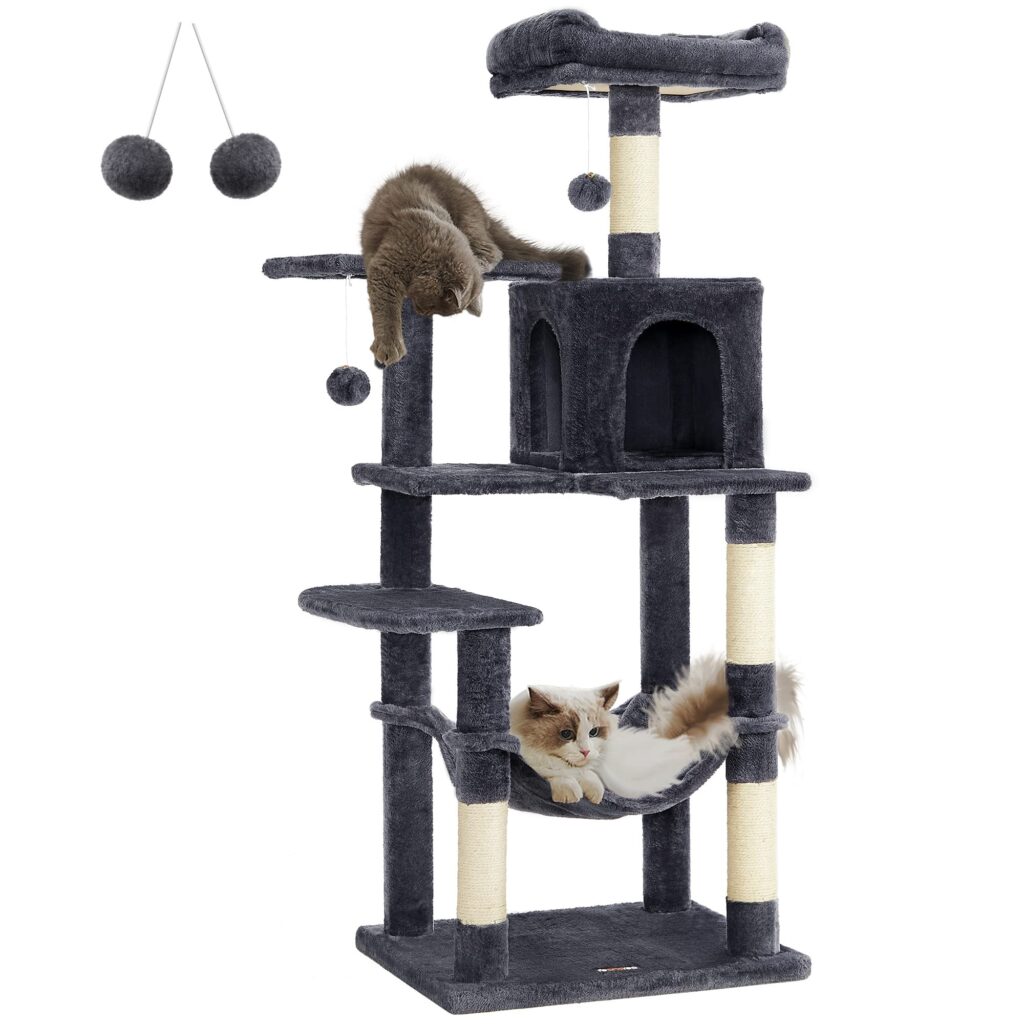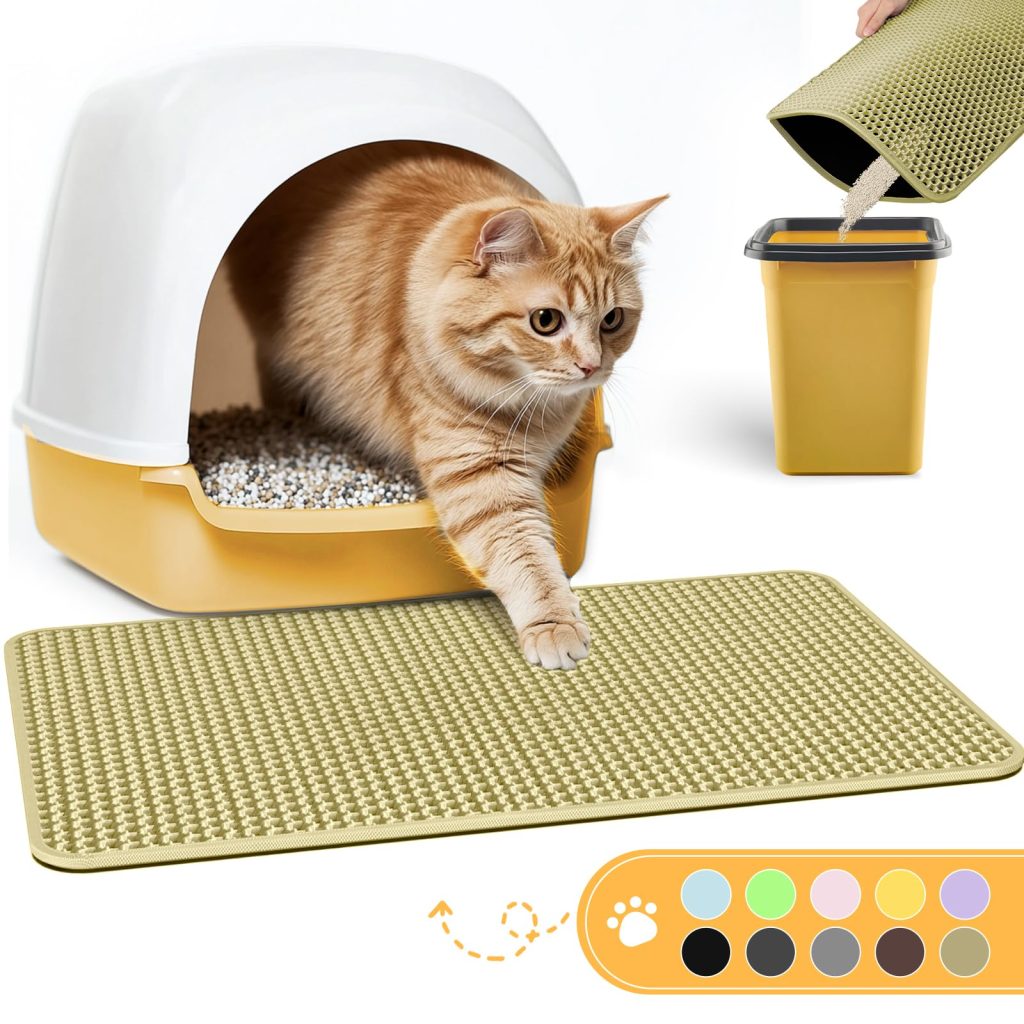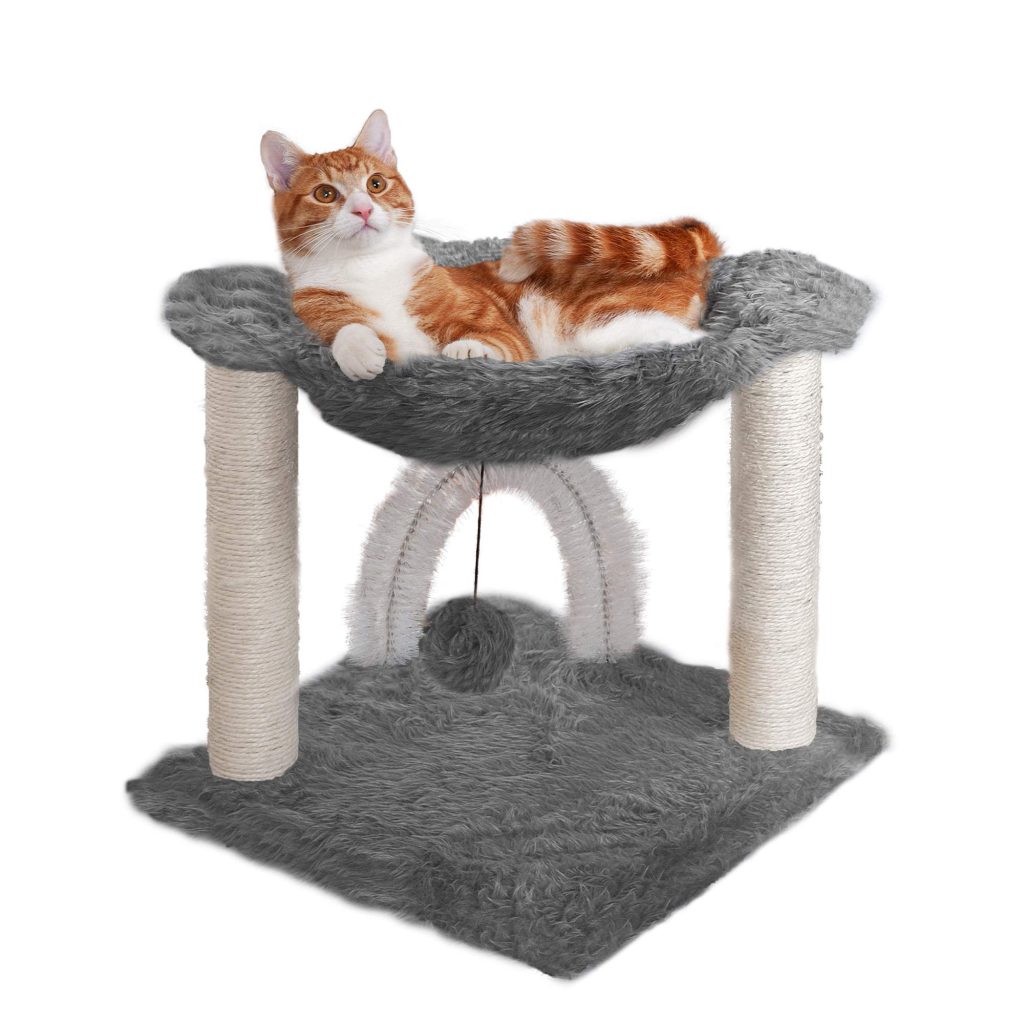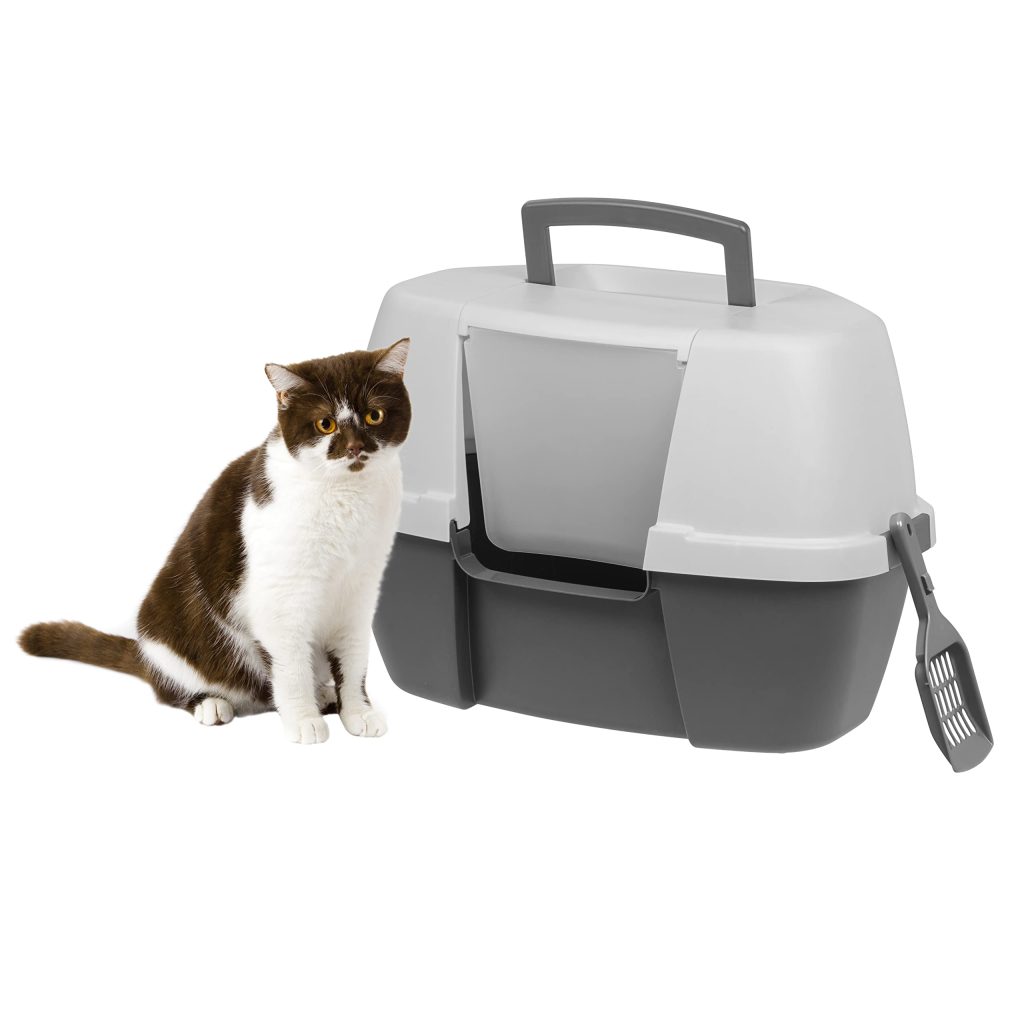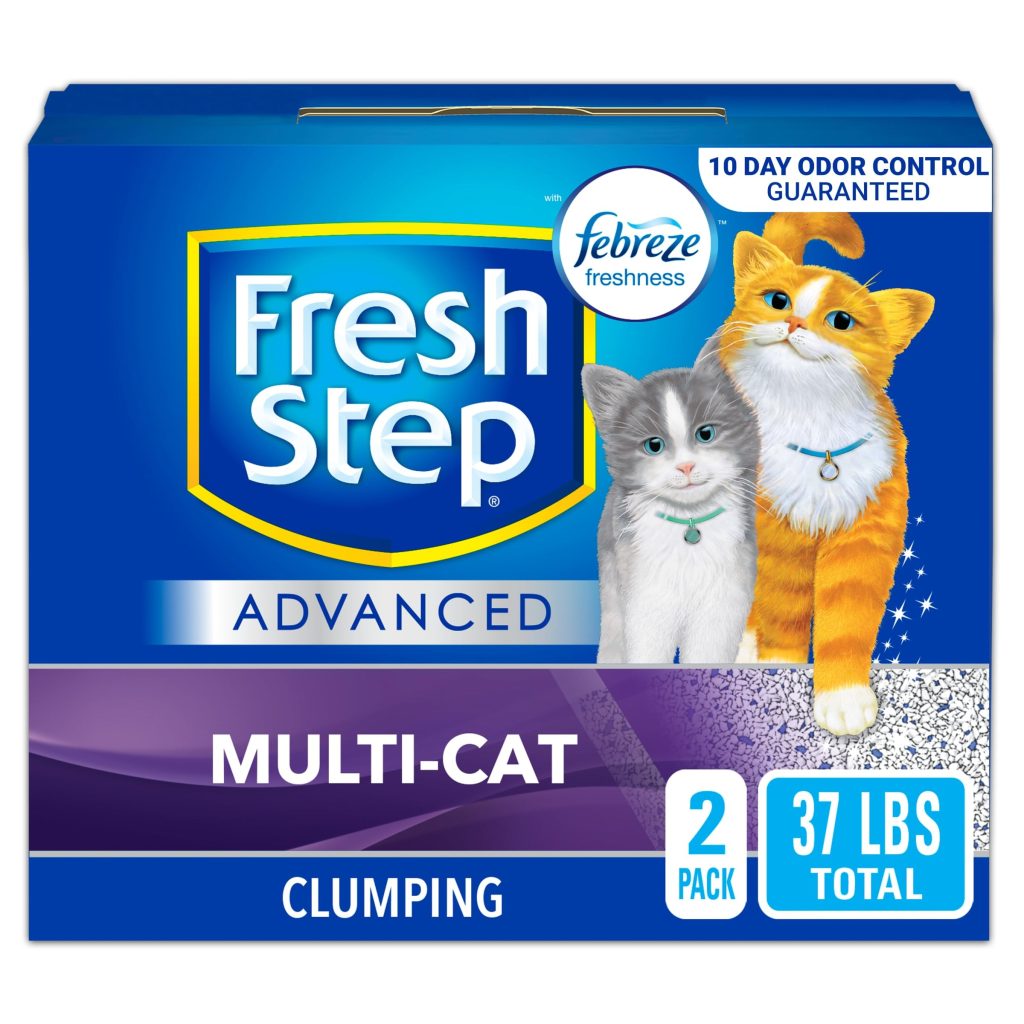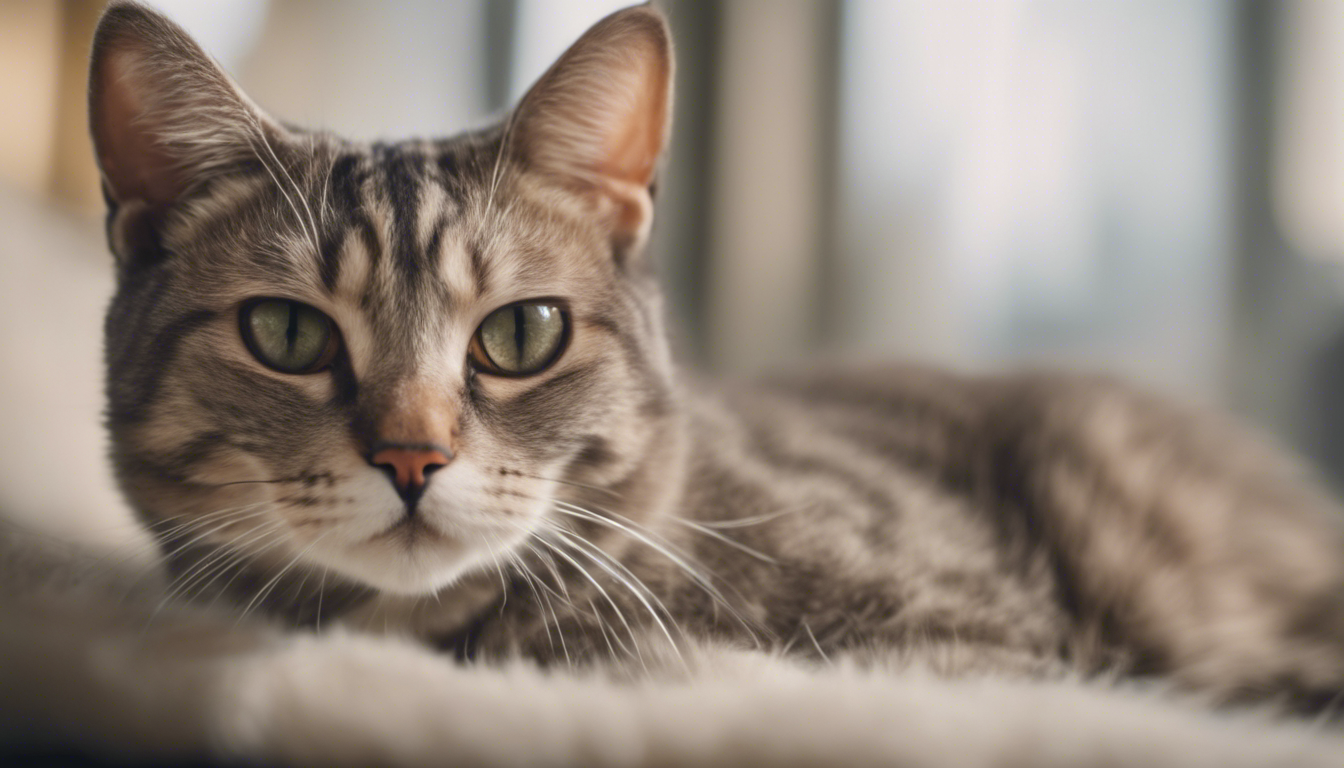
Origins and History
Tracing back through the annals of feline history, the origins of different cat breeds make for quite the tail-twitching tale. Each breed has carved its own path through time, with some having aristocratic legacies, while others boast a more humble, rugged lineage. These historical nuances don’t just make for intriguing kitty conversation—they can actually provide insights into understanding your furry companion’s behavior and needs.
Consider for a moment a breed with ancient lineage, perhaps one that lounged in the lap of luxury in the courts of old civilizations. These cats might have been revered as deities or chosen companions for royals. Then there are the mousers, born and bred on farms or in city alleys, where their prowess in pest control made them indispensable residents. Such distinctions contribute significantly to the genetic tapestry that influences not only the breed’s appearance but also its innate qualities and disposition.
The interplay between human history and feline domestication is fascinating, as certain breeds were developed intentionally while others came to be through natural selection. Recognizing the story behind a breed’s journey from wild feline to cherished pet can foster a deeper appreciation for their distinctive traits. Ponder of this as piecing together a genealogical puzzle, where each historical tidbit adds a layer of understanding to your cat’s unique personality.
It is important to note that amidst the mingling of legends and breeding, some cats have a well-documented provenance, with breeders meticulously shaping their evolution. Other pedigrees are shrouded in mystery, sparking debates among enthusiasts and experts alike. This rich tapestry makes every breed’s backstory not just a chapter in history, but a vital aspect of modern cat care and companionship.
Whether your feline friend hails from noble stock or is the descendant of streetwise survivalists, their origins play a part in how they interact with the world. Recognizing this allows cat owners to create an environment suited to their pet’s inherent nature—one that acknowledges their instinctual preferences and behaviors shaped over countless generations.
Physical Characteristics and Coat Colors
When admiring a cat, often the first thing that catches the eye is its stunning coat and striking physical features. It’s like each breed dons a custom-tailored fur coat, fashioned by Mother Nature herself. From sleek, glossy short-haired beauties to the luxuriant fluff of long-haired breeds, each cat’s coat is a testament to its ancestry and unique charm.
The myriad of coat colors and patterns seen in cats is truly a palette of nature’s own design. You might find yourself gazing at a coat speckled with spots, or mesmerized by swirls that seem to trace ancient hieroglyphs across a cat’s body. Perhaps it is the seductive mystery of a black cat, with its rich, velvet fur that absorbs light and superstition alike. Or maybe the charm lies in the delicate features of a blue-eyed, snow-white kitty, whose pristine fur seems untouched by the world’s chaos. And let’s not forget the striking contrast of a tabby’s bold stripes that hark back to their wild ancestors lurking in the savannas.
But a cat’s allure isn’t just skin—or, shall we say, fur—deep. Beneath that dazzling exterior, a variety of builds and frames give each cat breed its own distinctive silhouette. There’s the lithe elegance of a Siamese, each movement a ballet of elongated grace, or the compact power of a British Shorthair, whose round cheeks and sturdy body give it a teddy-bear-like quality that is hard to resist squeezing. Then again, who can overlook the athletic jump of the Abyssinian, an embodiment of natural agility and curiosity?
Let’s dive into some practical grooming tips, though. For those with long-haired felines, a regular brushing routine is paramount to prevent knots and matting. Investing in a good quality brush can turn a task into a bonding session. And for short-haired breeds, while they may not require as much detangling, regular grooming will keep their coat shiny and healthy, and can be just as much an opportunity for some quality time.
Some breeds might come with a built-in winter coat, capable of withstanding colder climates, while others have a thin layer barely enough for a brisk spring day. This not only influences how you might groom them but also their environment. Keeping your home at a comfortable temperature for your specific brand of furball will help them feel right at ease.
When it comes to coat colors, there’s more than meets the eye. Some colors are linked with genetic traits that could influence health. For instance, white cats with blue eyes are often prone to deafness. Therefore, it’s crucial not only to keep them looking good but also to be aware of these connections.
The spectrum of size, shape, and fur found within the world of cats allows for a perfect match for a variety of tastes and lifestyles. However, it takes a bit of know-how to maintain each breed’s signature look. Whether it’s the shimmering, sleek coat of a Bombay cat or the plush, dense fur of a Persian, every coat requires unique care. A nourishing diet, rich in omega fatty acids, can work wonders for a coat’s shine and health from the inside out.
And let’s not say goodbye to those stunning eyes, ranging from deep pools of green to golden suns. While they’re busy hypnotizing you, remember, the clarity and brightness of their eyes can be a good indicator of overall health.
Nature’s artistry is fully realized in the various coat colors and patterns that can adorn a single breed. It’s more than just appearance; it is a window into each cat’s lineage, a reflection of careful breeding strategy or the spontaneous beauty of natural selection. As a proud cat caretaker, you get to witness a living, breathing piece of art that meows, purrs, and perhaps most importantly, naps in the sliver of sunlight on your living room floor.
Temperament and Behavior
Exploring the temperament of a cat breed is like uncovering the secrets to their soul. It’s what can turn the daily grind into a playful adventure or a serene retreat depending on the whims of your whiskered companion. Just like humans, each cat comes with its own personality cocktail, sometimes shaken, sometimes stirred, but always unique. If you’re contemplating bringing home a new feline friend, understanding their inherent behavior can make the difference between a harmonious household and a furry feud.
Many cats exhibit a regal air, carrying themselves with an all-knowing grace that suggests they’re in on the universe’s deepest mysteries. Their independence is legendary, perhaps even to the point of being misunderstood as aloofness. Yet, these seemingly indifferent creatures can surprise you with sudden displays of affection, proving that their love, though not doled out frivolously, runs deep.
Others are like shadows, following you from room to room, offering silent companionship that is both comforting and, admittedly, a little bit curious. It’s not always attention that they seek; sometimes it is simply your presence they desire. Your lap may become their throne, and your bedtime ritual could be punctuated by their purring presence at the foot of your bed.
Then there are the acrobats of the feline world, cats that can’t resist a good climb, leap, or sprint. Keeping these spirited critters entertained will be your number one job—and it’s a good thing there are more cat toys on the market than fish in the sea. A sturdy cat tree is non-negotiable if you cherish your curtains and the tops of your doors. Their exercise needs go beyond physical; a challenging game or puzzle can be an excellent workout for their minds, too.
But it is not all fun and games. Just as a person might be a product of their upbringing, so too can a cat’s behavior be molded by their early experiences and environment. It’s important to socialize your kitten from a young age, exposing them to different people, pets, and situations. This can go a long way in preventing a startled hiss or a scram up the curtains during your next dinner party.
Health issues can also shape a cat’s demeanor. A typically jovial cat that becomes withdrawn or irritable might be signaling discomfort or pain. Paying close attention to alterations in their behavior is part of the caretaking deal—you are their confidant and caregiver, rolled into one.
Grooming can be a touchy subject—literally. Some cats bask in the attention of a brush through their fur, while others might use their claws to politely decline the offer. Patience here is key; short, positive sessions that end before they feel overwhelmed can get even the most brush-averse kitty to come around.
Let’s not forget diet, which can have a profound effect on your cat’s energy levels and mood. A high-quality diet suited to your cat’s specific needs can contribute to a calm, contented feline. And fresh, clean water should always be available; hydration affects more than just their physical health—it impacts their daily zest for life.
Ultimately, the magic lies in embracing the quirks and idiosyncrasies of your feline friend. Whether they’re hunters at heart, vying for a feather on a string, or more the philosopher type, contemplating the meaning of the red dot, each has their own brand of appeal. Observing and interacting with your cat daily can give you invaluable insights: you learn their language, their likes and dislikes, and you can even anticipate their next mood swing. By tuning into these subtleties of behavior and temperament, you’ll craft a coexistence that’s both respectful and full of joy—after all, as any cat will tell you, it’s their world, you are just living in it.
Health and Care Requirements
Caring for your feline friend requires a keen eye and a comprehensive understanding of what keeps them healthy and happy. A vital facet of cat ownership is recognizing their specific health needs. Each breed carries its own set of genetic predispositions to certain health conditions, so it’s paramount to be aware of these to provide proactive vet care. Regular check-ups with your veterinarian are essential; they can monitor your cat’s health milestones and catch any early signs of disease.
Exercise, a fundamental aspect of cat care, varies widely between breeds. Active breeds might need structured playtime and stimulating toys to burn off excess energy, while more sedate cats might require encouragement to get up and move. Don’t underestimate the power of a laser pointer or a feather wand to get your cat’s paws pounding across the floor. Besides preventing obesity, exercise bolsters mental health and reduces the risk of behavioral problems.
Grooming may seem like a vanity affair, but it is actually an important component of your cat’s health regimen. Regular brushing helps to limit hairballs and keeps skin healthy, while nail clipping is important to prevent overgrowth and its unpleasant consequences. Teeth brushing, often overlooked in feline care, wards off dental issues that can lead to serious health complications.
When it comes to diet, each cat’s breed, size, age, and lifestyle must be considered to determine their nutritional requirements. High-quality food that is rich in protein and moderate in fat can maintain your cat’s shiny coat and support their overall well-being. Be cautious with treats; they’re called treats for a reason and shouldn’t be a staple of your cat’s diet. Consulting with your vet about your cat’s specific dietary needs is always the best course of action.
Hydration is another cornerstone of good health. Some cats prefer running water, and investing in a cat water fountain might encourage them to drink more frequently. Remember, cats are descendants of desert animals, so their instinct to drink is not as strong as other pets’—make drinking water as appealing as possible.
Lastly, never dismiss the significance of mental health. Cats are sentient beings with emotional needs. A supportive and stable environment reduces stress, which is a known trigger for various health issues. Providing spaces where your cat can retreat for solitude, as well as safe perches from where they can supervise their kingdom, can help maintain their mental balance.
Remember, an ounce of prevention is worth a pound of cure. Understanding the unique health and care requirements of your cat’s breed can lead to a longer, healthier, and more harmonious life together. Tailor your care routine to their needs and watch as they thrive under your loving attention.
